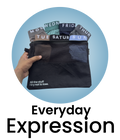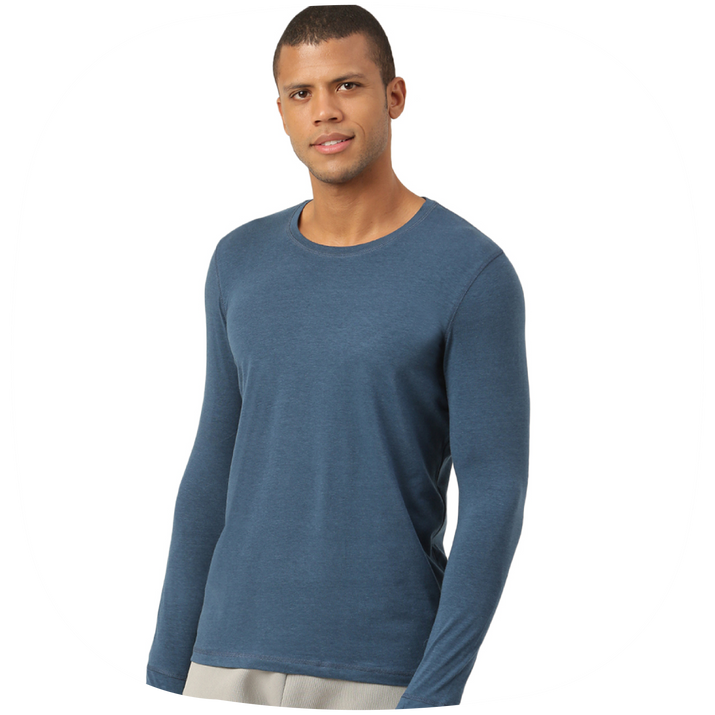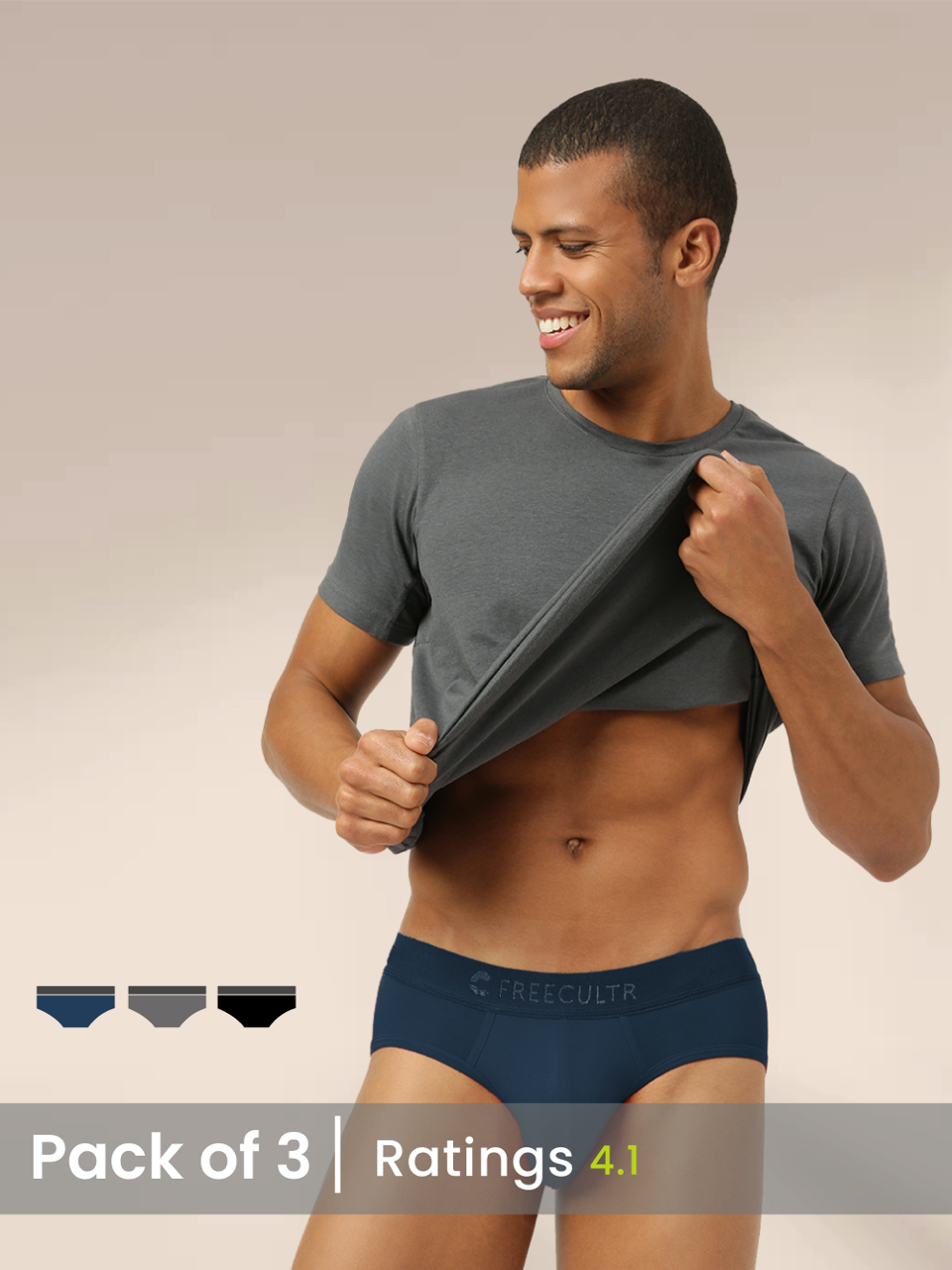In the quest for optimal comfort and performance, men often face a fundamental choice: traditional undershirts or modern underskin base layers. As technical fabrics like merino wool and synthetic blends gain popularity, understanding their true benefits over cotton undershirts becomes crucial. We'll dissect the key criteria: moisture-wicking capability, temperature regulation, odor control. Overall fit. Expect a deep dive into how each material impacts your comfort during activities, considering factors like breathability and drying time. By evaluating these aspects, you can make an informed decision, ensuring you select the base layer that best supports your lifestyle and physical demands.

Understanding the Basics: What are Undershirts and Underskins?
Let's start with the fundamentals. Both undershirts and underskins serve as base layers, meaning they're worn closest to the skin under other clothing. Their primary purpose is to manage moisture, regulate body temperature. Provide a comfortable layer between your skin and outer garments. But, they differ significantly in construction, materials. Intended use.
Undershirts: These are the classic base layer. Think of the traditional cotton t-shirt. Often with variations in neckline (crew neck, V-neck, deep V-neck) and sleeve length (sleeveless, short-sleeved, long-sleeved). Undershirts are generally looser fitting and prioritize comfort and absorbency.
Underskins: Also known as compression shirts or base layer tops, underskins are designed to fit snugly against the body. They are typically made from synthetic materials like polyester, nylon, or spandex blends. The tight fit provides compression, which is believed to improve blood flow and muscle support.
Material Matters: A Deep Dive into Fabrics
The materials used in undershirts and underskins are critical to their performance. Let’s examine the common choices:
- Cotton: A natural fiber, cotton is known for its softness, breathability. Absorbency. Cotton undershirts are comfortable for everyday wear. They tend to retain moisture, making them less ideal for high-intensity activities. Think of that feeling of a damp t-shirt after a workout – that's cotton at work (and not working!) .
- Polyester: A synthetic fabric, polyester is durable, wrinkle-resistant. Hydrophobic, meaning it repels water. Polyester underskins excel at wicking away sweat, keeping you dry and comfortable during exercise.
- Nylon: Another synthetic fiber, nylon is similar to polyester but offers greater elasticity and a smoother feel. It's often blended with other materials to create a comfortable and supportive underskin.
- Spandex (Elastane/Lycra): This highly elastic fiber is almost always blended with other materials to provide stretch and compression. A small percentage of spandex can significantly improve the fit and flexibility of both undershirts and underskins.
- Merino Wool: A natural fiber known for its exceptional temperature regulation and odor resistance. Merino wool undershirts and underskins are excellent choices for cold-weather activities and travel, as they can keep you warm even when wet and require less frequent washing.
- Blends: Many undershirts and underskins utilize fabric blends to combine the benefits of different materials. For example, a cotton-polyester blend can offer a balance of comfort and moisture-wicking properties.
Fit and Functionality: Dissecting the Design
The fit of an undershirt or underskin is a key differentiator. Undershirts are generally designed for a looser, more relaxed fit, while underskins are intended to be tight and compressive.
- Undershirts: The looser fit allows for greater airflow, making them comfortable for everyday wear and less restrictive during movement. But, the loose fit can also mean less effective moisture management during intense activity.
-
Underskins: The compression fit provides several potential benefits:
- Muscle Support: The tight fit can help stabilize muscles, reducing muscle fatigue and soreness.
- Improved Circulation: Compression can improve blood flow, potentially enhancing performance and recovery.
- Moisture Wicking: The close contact with the skin allows the fabric to quickly wick away sweat.
But, the compressive fit of underskins can also be a drawback for some. Some individuals may find them uncomfortable or restrictive, especially for prolonged periods. It’s crucial to choose the right size and compression level for your body type and activity.
Real-World Applications and Use Cases
The best choice between an undershirt and an underskin depends heavily on the intended use. Here are some real-world examples:
- Everyday Wear: For daily wear under dress shirts or casual clothing, a cotton or cotton-blend undershirt is often the most comfortable and breathable option. The primary goal here is to absorb sweat and prevent it from staining your outer garments. I personally prefer a lightweight cotton undershirt under my dress shirts for work; it keeps me feeling fresh throughout the day.
- Athletic Activities: For running, cycling, weightlifting, or other high-intensity activities, an underskin made from moisture-wicking synthetic materials is the superior choice. The compression fit provides muscle support and improves blood flow, while the moisture-wicking properties keep you dry and comfortable. Consider, for example, a marathon runner. An underskin will help regulate their body temperature and prevent chafing over the long distance.
- Cold Weather Activities: For skiing, snowboarding, hiking in cold weather, or even just working outdoors in the winter, a merino wool undershirt or underskin is an excellent choice. Merino wool provides warmth even when wet and offers excellent odor resistance. I remember a ski trip where I forgot my merino base layer. The difference in warmth and comfort compared to my usual cotton t-shirt was significant.
- Medical Use: In some cases, compression garments are prescribed for medical reasons, such as managing lymphedema or improving circulation. In these cases, the specific type and level of compression are determined by a healthcare professional.
- Men's Fashion: When it comes to men's fashion, undershirts are often used to provide a smoother silhouette under clothing. They prevent nipples from showing through thin fabrics and can help tuck in shirts more neatly. Underskins, while functional, are less about fashion and more about performance.
Technological Advancements in Base Layers
The world of base layers is constantly evolving, with new technologies and materials emerging regularly.
- Moisture-Wicking Technology: This involves treating fabrics with a special finish that enhances their ability to draw moisture away from the skin. This technology is crucial for both undershirts and underskins designed for athletic activities.
- Odor Control Technology: Many base layers are now treated with antimicrobial agents, such as silver ions, to prevent the growth of odor-causing bacteria. This is particularly crucial for synthetic fabrics, which tend to retain odors more easily than natural fibers.
- Seamless Construction: Seamless undershirts and underskins minimize chafing and irritation, making them more comfortable to wear for extended periods. This construction is particularly beneficial for athletes who experience repetitive movements.
- Zonal Compression: Some underskins feature varying levels of compression in different areas of the garment, providing targeted support to specific muscle groups. This technology is often used in high-performance athletic wear.
- Smart Fabrics: Emerging technologies are exploring the integration of sensors and other electronic components into base layers to monitor physiological data, such as heart rate, body temperature. Sweat rate. These "smart" base layers could provide valuable insights for athletes and healthcare professionals.
The Compression Factor: Benefits and Considerations
Compression is a key feature of underskins. It's crucial to interpret its potential benefits and drawbacks.
Potential Benefits:
- Improved Blood Flow: Compression garments can help improve blood flow by constricting blood vessels and increasing venous return. This can lead to enhanced oxygen delivery to muscles and reduced muscle fatigue.
- Muscle Stabilization: The tight fit of compression garments can help stabilize muscles, reducing muscle vibration and the risk of injury.
- Reduced Muscle Soreness: Some studies suggest that compression garments can reduce muscle soreness after exercise by decreasing muscle damage and inflammation.
- Enhanced Proprioception: Compression garments can improve proprioception, or the body's awareness of its position in space. This can lead to improved balance and coordination.
Considerations:
- Comfort: Compression garments can be uncomfortable for some individuals, especially if they are too tight or worn for extended periods.
- Restricted Movement: Compression garments can restrict movement, which may not be desirable for certain activities.
- Potential Risks: In some cases, compression garments can pose risks to individuals with certain medical conditions, such as peripheral artery disease or deep vein thrombosis. It's essential to consult with a healthcare professional before using compression garments if you have any concerns.
I remember trying a compression shirt for the first time during a particularly grueling workout. While I did feel a slight improvement in muscle support, I also found it a bit restrictive, especially around my chest. It's definitely a matter of personal preference and finding the right balance between compression and comfort.
Making the Right Choice: Factors to Consider
Choosing between an undershirt and an underskin ultimately comes down to your individual needs and preferences. Consider the following factors:
- Activity Level: For low-intensity activities or everyday wear, a comfortable cotton or cotton-blend undershirt may be sufficient. For high-intensity activities, an underskin made from moisture-wicking synthetic materials is the better choice.
- Weather Conditions: In hot weather, a lightweight, breathable undershirt or underskin is ideal. In cold weather, a merino wool undershirt or underskin will provide warmth and insulation.
- Personal Preference: Some individuals prefer the feel of a looser-fitting undershirt, while others prefer the support and compression of an underskin.
- Budget: Underskins tend to be more expensive than undershirts, due to the use of advanced materials and construction techniques.
- Fit and Comfort: Ensure the undershirt or underskin fits properly and is comfortable to wear for extended periods. Pay attention to the neckline, sleeve length. Overall fit.
- Material Properties: Consider the properties of different materials, such as moisture-wicking, breathability, odor resistance. Durability.
Undershirts vs. Underskins: A Head-to-Head Comparison Table
Here's a table summarizing the key differences between undershirts and underskins:
| Feature | Undershirt | Underskin |
|---|---|---|
| Fit | Looser, more relaxed | Tight, compressive |
| Materials | Cotton, cotton blends, merino wool | Polyester, nylon, spandex, merino wool |
| Moisture Wicking | Varies depending on material; cotton is less effective | Excellent; synthetic materials wick away sweat |
| Muscle Support | Minimal | Provides muscle support and reduces muscle fatigue |
| Blood Flow | No significant impact | May improve blood flow |
| Best Use | Everyday wear, low-intensity activities | High-intensity activities, cold weather activities |
| Price | Generally less expensive | Generally more expensive |
| Men's Fashion | Provides a smoother silhouette under clothing. | Less about fashion and more about performance. |
Conclusion
Choosing between undershirts and underskin comes down to understanding your specific needs and activities. We've explored the breathability of cotton versus the moisture-wicking capabilities of synthetics like modal. Highlighted the importance of fit for both comfort and effectiveness. As someone who often juggles between intense workouts and long office hours, I've personally found that a well-fitted undershirt provides the best balance for daily wear, while underskin excels during high-intensity activities. Moving forward, consider your climate, your activity levels. Your personal preferences. Don't be afraid to experiment with different materials and styles to find what works best for you. Ultimately, the "best" choice is the one that keeps you comfortable, confident. Ready to tackle your day. So go forth and conquer, armed with the knowledge to choose your perfect base layer!
More Articles
Men's Branded Trunks – Premium Comfort & Stylish Design
Printed Bandana for Men Face Mask – Versatile Style & Dust Protection
Indian Cotton Bandana for Men Online – Stylish Accessory & Sun Protection
FAQs
Okay, so what exactly IS the difference between an undershirt and an underskin? I've seen both terms thrown around.
Good question! Think of it this way: an undershirt is your classic base layer – usually cotton, maybe a blend – designed primarily to absorb sweat and protect your outer shirt. Underskins, on the other hand, are more performance-oriented. They're typically made of synthetic fabrics like polyester or nylon. They're designed for moisture-wicking, compression. Often temperature regulation. , undershirts are for everyday wear, underskins are for workouts or situations where you need extra performance.
When should I choose an undershirt over an underskin?
If you're just going about your day, wearing a dress shirt to work, or want something comfortable under a sweater, an undershirt is probably your best bet. They're generally cheaper and softer for casual wear. Plus, if you're not sweating buckets, a basic cotton undershirt will do the job just fine.
And when are underskins the way to go?
Underskins really shine during workouts, sports, or any activity where you're going to be sweating a lot. The moisture-wicking properties help keep you dry and comfortable, preventing that clammy feeling. Plus, the compression can offer support to your muscles and improve blood flow.
Do underskins really make a difference in performance, or is it all just marketing hype?
While the exact performance benefits can vary from person to person and depend on the specific underskin, there's definitely some truth to the claims. The moisture-wicking is a game-changer for comfort. The compression can help with muscle fatigue and recovery. So, it's not all hype. Don't expect it to turn you into a superhero overnight!
Are there any downsides to wearing underskins?
Yeah, a few. First, they tend to be more expensive than regular undershirts. Second, the compression can feel a bit restrictive at first, although most people get used to it. Finally, some people find certain synthetic fabrics itchy or uncomfortable, so it's worth trying different brands and materials to find what works best for you.
What about washing and caring for these things? Do they have special requirements?
Generally, undershirts are pretty low-maintenance – just toss them in the wash with your other clothes. Underskins, But, often require a little more care. Check the label. Usually, you'll want to wash them in cold water and avoid using fabric softener, as it can clog the fibers and reduce their moisture-wicking abilities. Air drying is also preferable to prevent shrinkage.
Okay, last one! Any specific brands you recommend for either undershirts or underskins?
That's a tough one, as it really comes down to personal preference. For undershirts, brands like Uniqlo, Ribbed Tee. Tommy John are popular. For underskins, check out Nike Pro, Under Armour. Adidas Techfit. But honestly, read reviews and try a few different options to see what fits your body and your needs best!





![Sports T-Shirts vs. Undershirts: Which is Better for [Running]?](http://freecultr.com/cdn/shop/articles/Ghost_Shot_1_7ee45576-1478-4ad3-99a7-47e16c8bd3c2.jpg?v=1747298781&width=960)
